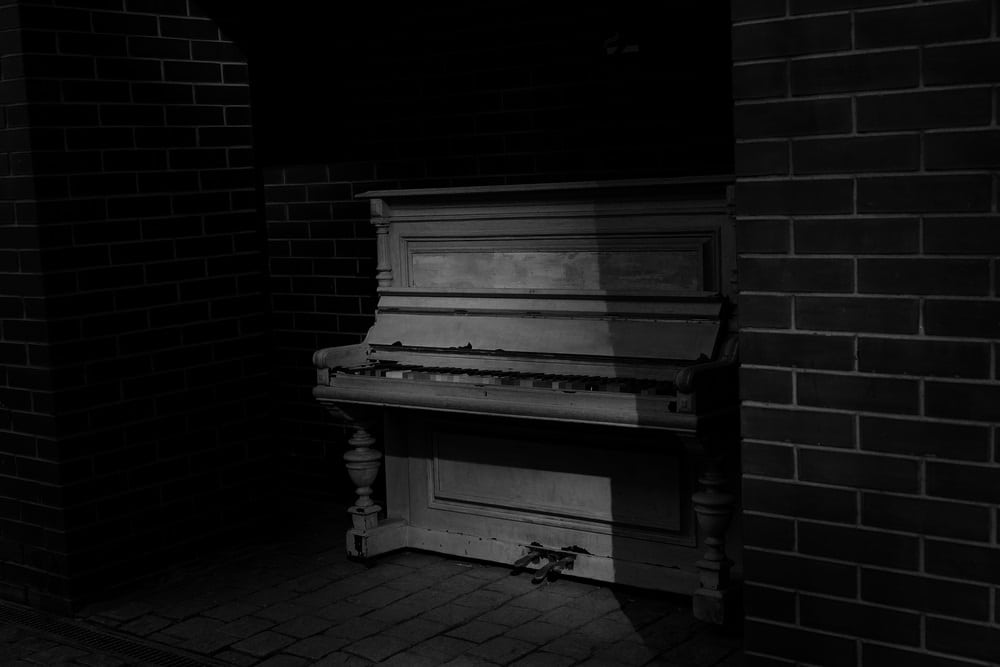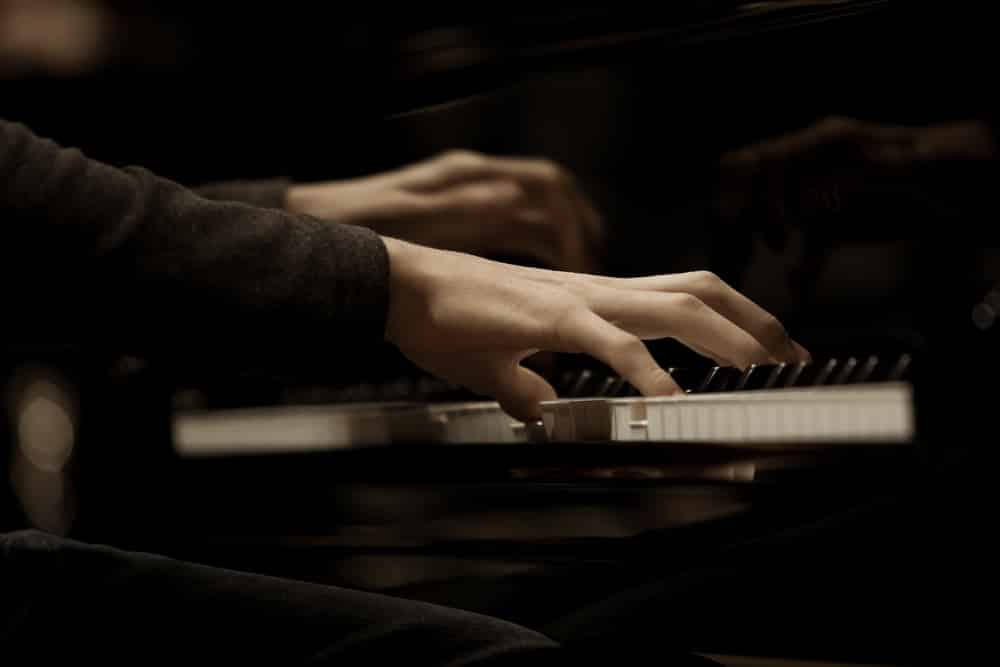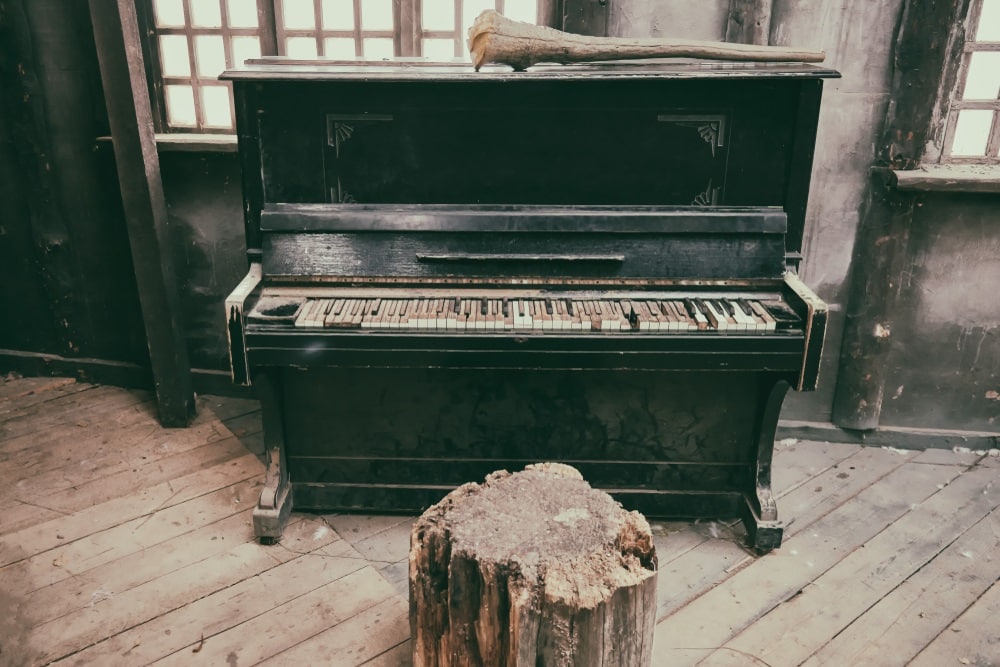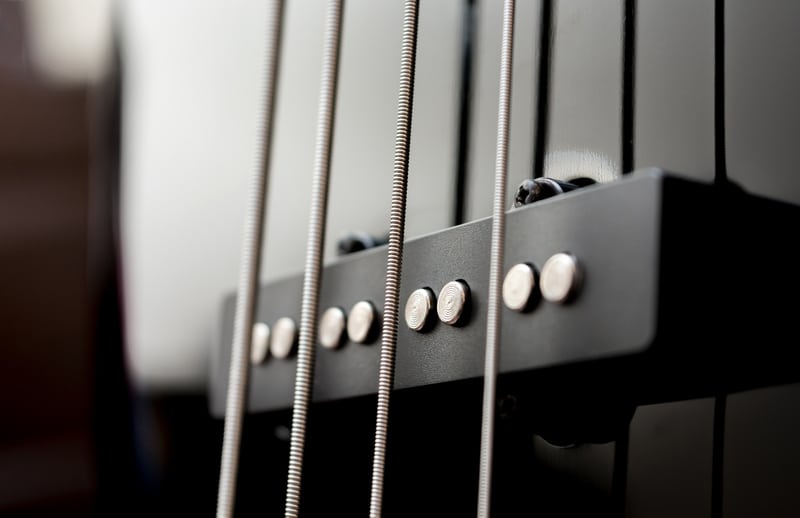
Jazz is a genre of music that owes its birth to the Blues. Without the Blues, there would likely be no Jazz. The two genres are deeply related and intimately intertwined.
They are also quite distinct each now with numerous sub-genres. Blues Piano and Jazz Piano also have similarities and differences as you might anticipate that help make both genres exciting and innovative.
Piano Roles in Jazz and Blues Music
Blues Music
Challenging as it remains to place the beginning of the Blues in time, it’s generally agreed that somewhere in the mid-19th century in the Southern States of the USA is most probable.
Blues music was created and performed by African-American slaves. It bore the characteristics of music from their homeland such as simple, pentatonic melodies, gently syncopated rhythms and often a call-and-response structure.
Piano Roles In The Early Blues Music
The music would have been sung to express the hardships they endured, love and heartache, hopes and fears. Any instruments they might have had access to would have been basic.
Guitars or banjos were sometimes used with the rhythm supplied with clapping hands, stamping feet or whatever was freely available.
The piano wouldn’t have been an instrument regularly used in the Blues for many years until the terrible oppression and segregation began to ease.
If you wanted to play the piano at the turn of the 20th century, you were most likely to find one in a bar. These places were not necessarily particularly salubrious venues and the instruments available would have been in poor condition.
As Ragtime music gained in popularity the inclusion of pianos in bars became more common and it was here that blues musicians would have played, people would have danced and drunk themselves through the night.
The Barrelhouse style of playing was fashionable at this time combining a twelve-bar blues form with elements of Ragtime.
The Versatility of Blues Piano
Blues music that we hear and enjoy today often makes use of the piano. Its role varies depending on the song and the ensemble.
You can find for instance that some artists accompany themselves using the piano with no support from additional instruments. For others, the piano is part of a larger group of musicians and needs to act and interact in a variety of ways.
The versatility and range of the piano give the possibility to use it to provide harmony, rhythm and melody. As a Blues instrument, it can act as an accompaniment to other performers or become a soloist in its own right.
Blues pianists had to take their chances with the instruments that were available to them in whatever venue they were allowed to play.
One story describes how the blues scale was invented on a piano that had several missing keys, allowing the player to play around them. This gave rise to the blues scale we know and love.
Whilst a highly improbable account, it does highlight how challenging it must have been for traveling pianists to play well on these poor, beaten-up instruments.
What it also suggests, is that these instruments may have helped define playing styles that resulted from tired, faulty pianos.
WC Handy – Pioneer of Blues Piano
WC Handy (1873-1958), was one of the first exponents of the Blues piano with a substantial quantity of compositions.
These songs cleverly fused ragtime with blues and changed the direction of popular music in the USA in the early part of the 20th century. WC Handy was a talented instrumentalist, notably on cornet, but also piano and organ.
His style of playing incorporated the slow rhythmic tread of the blues, the swing of the African-American folk melodies and the gentle stride style of the left hand.
Often the piano would have to play a bass line, the chords and melody or responses to the main tune. This gave rise to a broad variety of piano styles that naturally flowed into Jazz.
Walking bass lines that slowly paced through the chords of the song, or patterns that would become more familiar as boogie-woogie were commonplace.
These simple left-hand figures underpinned the songs with the right-hand more freely available to add punctuating chords or melody.
Improvisation was key to playing the blues piano and each performer would have their unique way of approaching the song.
The Evolution of Blues into Jazz
The Blues did not suddenly vanish, it simply evolved into jazz. This is not to say that it did not continue in its own right, it did, but that from Blues, jazz music was born. If you analyse the characteristics of jazz, this isn’t hard to hear.
There’s frequent use of the blues scale, syncopation, the 12-bar harmonic pattern, call and response structure, similar instrumentation and many more identifiable elements too.
Likewise, how a piano is used in jazz music is not dissimilar to how its role is in Blues. Where things perhaps differ is in the increasingly sophisticated manner in which the piano is used in jazz.
It can and does accompany or act as a soloist but the diversity of styles of playing is quite overwhelming.
Jazz piano playing is a subject in its own right, and like the blues has numerous sub-genres that have developed during its journey. Each of these sub-genres produces a slight variation in approach to piano playing.
Early forms of jazz saw the piano’s role very much the same as in the blues with stride and boogie styles amongst the most popular.
Sometimes, as previously mentioned, this was out of necessity where the piano essentially fills in for the absent instruments such as the bass.
Evolution of Jazz Piano Styles
In the 1940’s the piano was often played by the leader of the Big Band. The Swing Era saw the growth of larger jazz ensembles often numbering thirty or more players.
Jazz exponents such as Duke Ellington and Count Basie lead the way with their style of jazz piano playing championing swing.
In these settings the piano fell into an accompanying role but also as a leading soloist alongside the other instruments like the trumpets and saxes.
From the Big Band came a move back towards smaller more intimate jazz ensembles and the advent of Bebop. In this setting, artists such as Art Tatum, Thelonious Monk and Bud Powell pushed what the piano could do to the limits and beyond.
Bebop was characterized by fast-paced music that required exceptional improvisational skills to accomplish well. The pianist was a soloist, leader, innovator and protagonist within these intimate jazz groups.
A strong focus was placed on the dexterity of the pianist’s right hand which would weave its way through complex chord changes creating highly polished melodic phrases. The left hand largely became supportive of the right offering syncopated chord stabs.
Later we find astonishing pianists like Oscar Peterson, George Shearing, and Herbie Hancock each forging a new pathway with their style of piano playing.
Each develops its sound and explores how the piano can be used as a soloist and in an ensemble.
From mesmerizingly intricate improvisations, super-fast stride, and alluring boogie-woogie, the piano’s role has increasingly become central to Blues and Jazz music.



